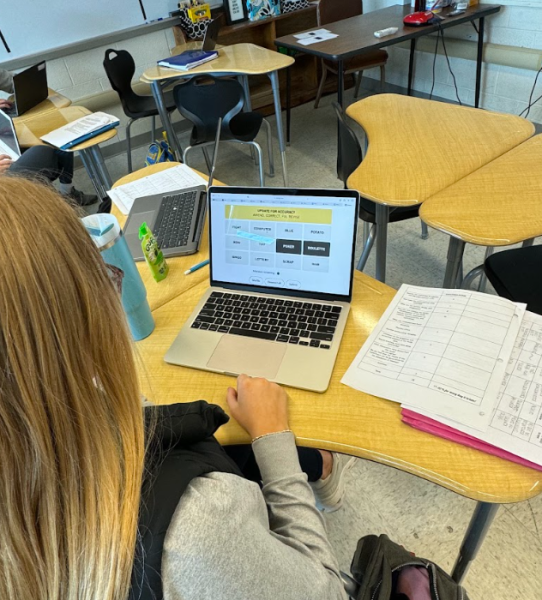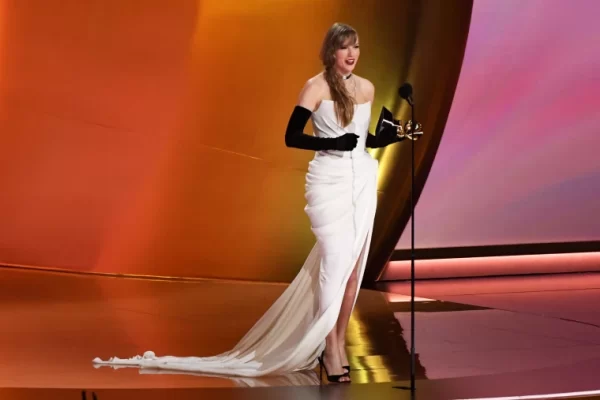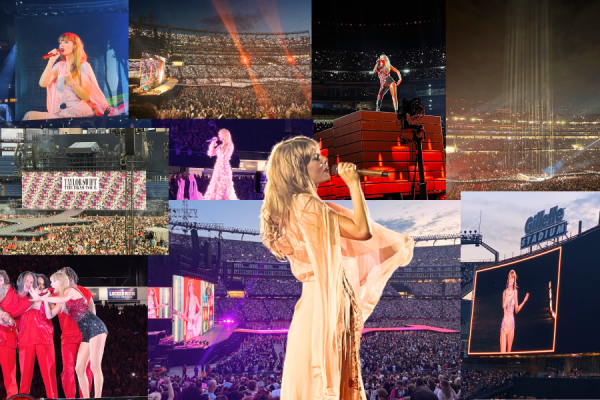Now streaming: Little Women: A Special Take on a Classic
June 11, 2020
Released December 7, 2019, filmmaker Greta Gerwig’s rendition of Little Women delves into the hearts and minds of its audience as they, and the March sisters, prepare for Christmas. The modern adaption of Louisa May Alcott’s book, Little Women, did not disappoint millions of fans who have grown up alongside Jo, Meg, Beth, and Amy March. With the movie’s thoughtful cinematography and inspirational script, it’s no wonder Little Women grossed $206 million worldwide.
The 1868 story, about four sisters struggling to maintain family bonds while following their passions, beautifully displays the hardships of growing up and leaving behind childhood homes and memories. From Jo’s writings and Meg’s family to Amy’s travels and Beth’s sickness, Little Women is full of love, growth, laughter, and tears.
Besides reliving the classic tale, the contemporary and intriguing features of the movie are what made the 2019 adaption of Little Women noteworthy. While remaining true to Alcott’s plot and dialogue, director and writer Gerwig intertwines her own cinematic creativity and interpretation. As a dedicated fan of the book growing up, Gerwig concluded that her modern variation would be a monument to the collective memory of Little Women and include a larger thematic connection to women in the 19th century. A split timeline and an enhanced script are just some of Gerwig’s many changes that make this film exceptional.
The first change Gerwig implemented is distinguished in the opening scene. Rather than the centuries old line, “Christmas won’t be Christmas without any presents,” the screen displays Jo meeting with a publisher seven years after the 1861 March Christmas. The movie continues to jump between part one and two; thereby, disbanding Alcott’s linear progression. The present, identified through a cool, blue tinted, and sophisticated lense, is interlaced with scenes from the sisters’ childhood, which are warm and golden. Though the abrupt transitions can be confusing and overwhelming at first, the chaos and surprise is intentional: the timeline reflects the clutter of family. Little Women forces their viewers to have their wits about them as they enjoy a unique version of the book they’ve never seen before.
Gerwig revealed to Showbiz that the altered timeline also allowed her to grapple with memory, reality, and nostalgia: “I’m playing with the idea of is this what happened or is that how you remembered it?…Is that what happened or is that how you wrote it down?” By including an aspect of unreliable narration, Gerwig adds to her characters’ depth and humanity as well as give relationships an edge.
It is easy to sympathize with Jo when Laurie confesses his marriage with Amy because it is a situation we can relate to. The same questions Jo has we are asking ourselves: had she romanticized their childhood fling? Had Laurie truly been in love with Jo? The authenticity and realism of Little Women deceives viewers into believing they are a part of the March family and leaves them anxious to meet the sisters as soon as the camera cuts.
Another benefit to Little Women’s chronology are the parallels of blissful ignorance and somber tragedy. A challenge of filming a movie based on a book, especially a classic, is keeping the audience on their feet despite knowing what comes next. Beth’s death is a heartbreaking scene that everyone knows is coming. Yet, Gerwig manages to raise viewers’ hopes and draw out sorrowful tears. At the realization that sick Beth is not in her bed, Jo runs downstairs in both parts to find two different outcomes; we are relieved to find Beth sitting up in one frame only to cry alongside Marme just a few minutes later. The range of emotions inflicted upon us throughout the movie is astounding.
Perhaps the biggest advantage of merging the parts is the opening scene. As mentioned earlier, Jo is first filmed standing outside the New York City Robert Brothers Publication, preparing to sell one of her short stories. The scene includes a discussion between Jo and Mr. Dashwood (a publisher) where Mr. Dashwood warns “If the main character is a girl, make sure she’s married by the end. Or dead. Either way.” These words set the dramatic premise of the movie: all four girls will either be married or dead by the end. Though these measures may seem extreme, they are not far from being historically accurate. This line emphasizes the challenges 19th century women faced and sets the premise for a struggle the audience, specifically young women, can pertain to, freedom or companionship.
Probably my favorite aspect of the movie is its ability to intertwine historical context while maintaining the attention of modern audiences. One of Little Women’s most influential scenes is Amy’s discussion with Laurie where Amy explains why she shouldn’t be embarrassed of marrying rich. Considering that women couldn’t own property, wealth, or their children, Amy is not wrong in saying that marriage is an economic proposition. Her speech not only gives insight into her character’s motives, but also awareness of the severely limited rights women had less than two centuries ago. Between Amy and Jo, we can’t help but feel a part of and emphasize with their generation. Gerwig’s script takes audiences back in time.
Gerwig’s writing also artistically conveys the sibling bond between the March sisters. By implementing a slash technique within the script, actors are instructed to speak over and directly after each other. The cacophony of words makes scenes feel real and the relationships between the actors genuine. The somewhat choreographed chaos exudes comfort, honesty, and spontaneity – all qualities that make up the March family.
If you enjoy stimulating content that evokes both emotion and reflection, then Little Women is for you. This thoughtful, all encompassing, and exhilarating rendition is perfect for audiences who are looking for some heartwarming entertainment or want a special take on their favorite classic. From start to finish, I recommend watching Little Women on Apple T.V.+, Amazon Prime, Disney+, Youtube T.V., Google Play, or Vudu.















Emily C • Nov 23, 2020 at 7:38 am
This was very well written. You gave so much background and detail. I definitely need to check out the book and movie soon!